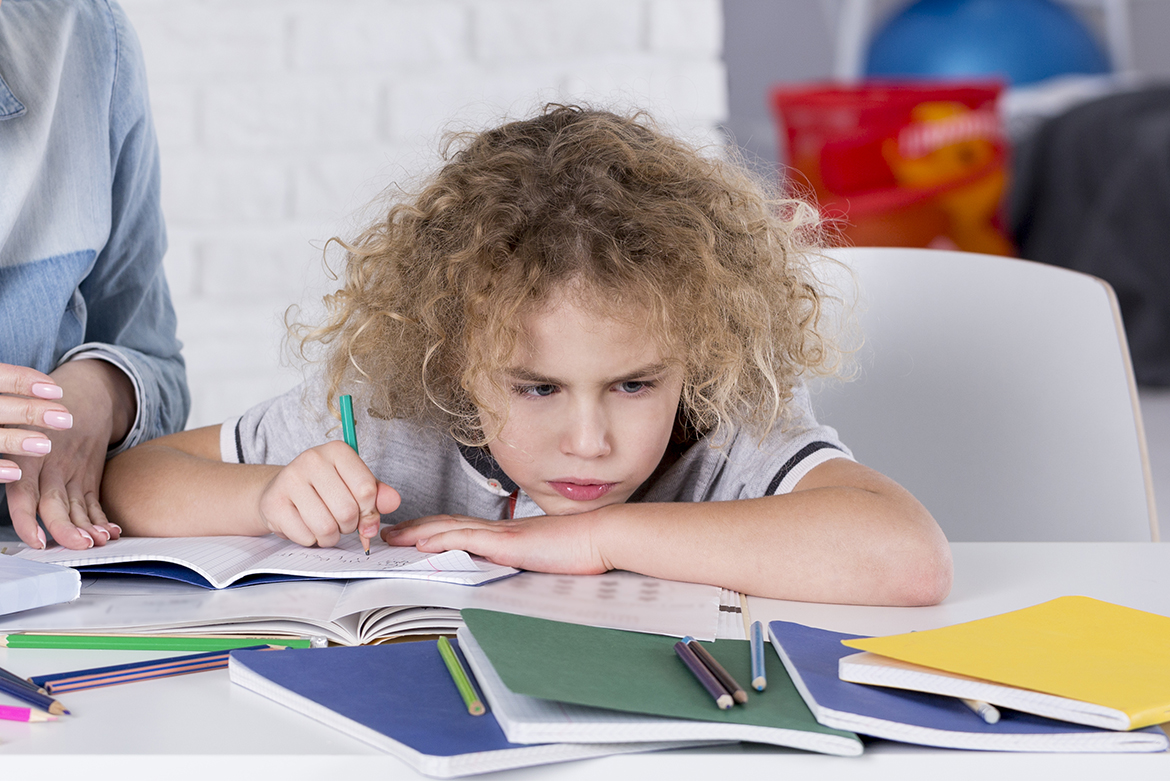The objective of this article is to help those involved with learning disabled children know what to expect in remediation.
Summary: The key to any problem is early detection. That having been said, this article describes the process whereby children with learning disabilities receive help.
If children are to work well in school their perceptual abilities must function properly.
Since the usual definition of learning disabilities assumes normal sight and hearing, this means that the child must be able to interpret correctly the messages that the senses convey. Training in perception is especially necessary when testing indicates a child is likely to have trouble learning or when school performance shows the presence of trouble.
Studies have been performed in an effort to measure whether children who receive special training in reading readiness skills do better than children who receive straight training or tutoring in reading. The results have been understandably and overwhelmingly in favor of laying a firm foundation of readiness skills and strengthening the deficient perceptual areas before working directly on reading.
With this belief, children entering school are screened for language disabilities or screened in the early primary grades. The tests include measures of visual, auditory, and kinesthetic (touch) performance--for example, perceiving and copying words and discriminating among them. (Weakness in the kinesthetic area is demonstrated by trouble remembering and feeling the order of movements necessary in writing letters with the hand and arm and in putting letters and words into speech. Based on the results of these early tests, and based on reports by teachers, children who seem at risk are tested further.
Unless the symptoms of language disability quickly disappear due to the help of the regular classroom teacher, children who are vulnerable are placed in special classes. Regular school activities continue but multisensory teaching techniques force children to consciously think about the reading, writing, and speaking process that other children seem to acquire automatically.
For example, in the auditory approach, the teacher begins by giving the sound of the letter. The child perceives the sound, names the letter, and at the same time firms the letter with a full arm swing, thus bringing the kinesthetic sense into play. Then the class repeats the exercise. Later, a number of other exercises are used which include those used to perceive sounds in association with their written letters and to be able to use the letters to form words. The visual approach has a number of major steps too. Both auditory and visual approaches call for much tracing, copying, and naming of each letter of word.
After one to three years in a special classroom, children trained in this manner are usually able to return to a regular class. The key here is having teachers who are specially trained in this remediation--the more skilled the teacher, the better the outcome for the children.
It is possible that with older children, the two methods--one concerned with reading readiness skills, and the other with letters, words, and reading itself, are equally effective. But with detection and remediation efforts starting as early as three-year-olds, as the law requires, efforts to "train out" deficits in pre reading skills seem the logical approach.

